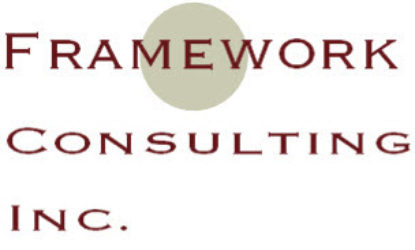(This week I have included the audio version of the article. Use the graphic above to listen in.)
 There’s no way to achieve long-term professional success without learning how to convert critical behaviours into habits. It’s a skill that’s not taught in the workplace, even though it’s key to accomplishing all worthwhile goals. How can you develop this ability?
There’s no way to achieve long-term professional success without learning how to convert critical behaviours into habits. It’s a skill that’s not taught in the workplace, even though it’s key to accomplishing all worthwhile goals. How can you develop this ability?
Let’s start with a definition. A habit is an action that is initiated without conscious effort or motivation. If you have ever found yourself turning your steering wheel for home only to realize that you are supposed to be going in the opposite direction, you may understand their power. They require little energy to get started, making them a powerful ally. Of course, some can also become life-threatening enemies, causing us to focus on them exclusively.
That’s a common mistake.
For example, in my training I make a big deal about the negative influence of smartphones and their pervasive ability to turn people into dangerous users. For many, the act of purchasing a mobile phone is a precursor to, and predictor of, practices such as texting while driving.
However, there is a flip-side. Anyone can harness smartphone power to develop beneficial habits. Unfortunately, according to a recent University of London study, mobile apps and PC programs which are supposed to help us consciously build new habits fail to do so. They ignore existing research, rendering them impotent. Their failure is instructive: here’s what we can learn in our attempts to develop positive new habits.
1. Repetition Isn’t Enough
Habits aren’t formed just because we engage in the same practice over and over again. While repetition is important, habits also need cues and triggers that initiate a specific behaviour.
Cues and triggers are defined as specific events which lead to the habit being executed. For example, your decision to retire for the evening sets in play a number of sequential behaviours that occur even when you are tired and can’t think clearly.
Furthermore, when developing long-term habits, it’s much better to link them to events rather than the clock. This feature is one your doctor exploits by assigning your medication for mealtimes rather than clock-times. Therefore, to keep a habit in place, you need to be a good builder of these events.
2. Cues and Triggers Sometimes Don’t Work
There are times, however, when events aren’t enough. When you are learning a brand new habit, you may not know which events to use. In these cases, using a planned reminder such as a smartphone alarm can be effective in, for example, learning to take a 10:00 AM morning break. But, there is one catch.
While this tool is effective in the beginning, it’s a short-term crutch. In the long-term it presents a danger. According to the research, over-reliance on timed reminders can interfere with permanent habit formation. They are helpful, but become harmful later on.
Fortunately, there’s a more effective technique to use. Instead, turn on a reminder to help you notice which event occurs at the same time. For example, when the mid-morning alarm goes off, you may notice that the break coincides with a hunger or thirst pang.
After a while, you could wean yourself off the alarm, paying attention to the pang: your new trigger.
3. The Use of Rewards
The final piece of the puzzle is the role of positive reinforcement. Someone who wants to build new habits needs to become a smart cheerleader, rewarding him/herself appropriately. However, herein lies yet another catch.
In general, intrinsic rewards (such as a sense of personal satisfaction) are far better than extrinsic rewards such as a financial incentive granted by your manager. The question is, how do you tap into intrinsic rewards on a regular basis, given their intangible, ephemeral nature?
One key is to treat external rewards as dangerous distractions that may take your attention away from the joy inherent in the task. The other is to allow time for reflection (e.g. by journaling) so that you can stay present to positive inner experiences.
These insights imply that managers need to be cautious in their application of rewards. When tempted and distracted by external “Big-Ups”, many employees are prone to lose track of intrinsic motivation entirely. This is a recipe for trouble, putting all their satisfaction in one basket: their company’s.
It’s far better to train employees to be self-reliant on their own habits. Unfortunately, most companies don’t deliberately teach this skill and waste time in crafting manipulations. In the long-term, they never work as well as positive habits which are intrinsically motivating, especially when they happen to drive value to the bottom line.
Francis Wade is the author of Perfect Time-Based Productivity, a keynote speaker and a management consultant. To receive a free document with links to his articles from 2010-2015, send email to columns@fwconsulting.com.
Podcast: Play in new window | Download




